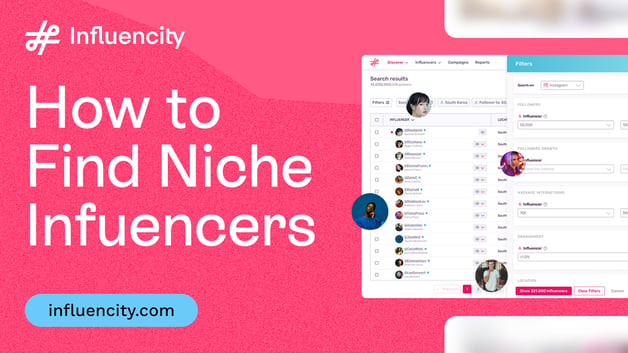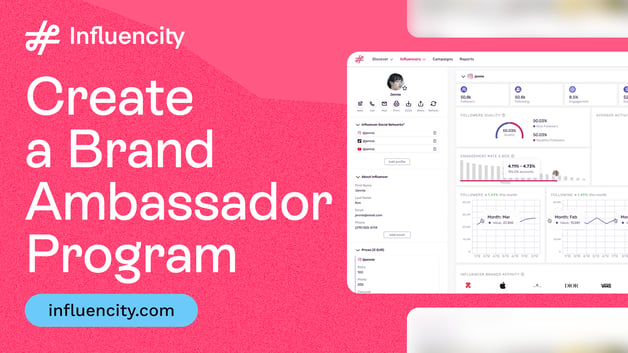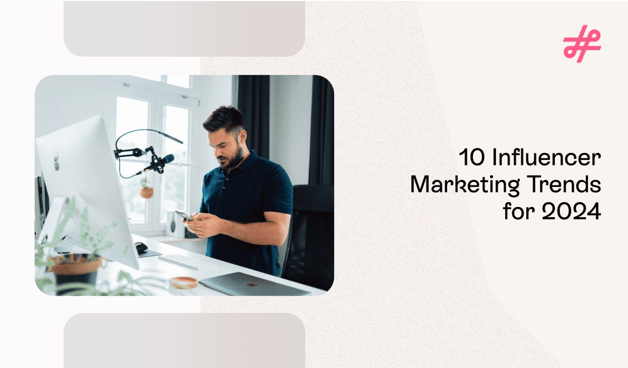Influencer Marketing
Leading Brands Succeeding with Micro-Influencers on Instagram
Influencer Marketing
Have you ever wondered why more and more brands are teaming up with micro-influencers on Instagram? It’s not just a passing trend—it’s a real shift in how digital marketing works today. According to a recent report from Business Insider, an impressive 57% of marketers now say they prioritize working with micro-influencers on Instagram over bigger names.
And honestly, it makes total sense.
Micro-influencers consistently drive higher engagement rates than their mega-famous counterparts. We’re talking about real conversations, real interactions, and communities that actually care about what’s being posted. These aren’t just follower counts—they’re loyal audiences. That authenticity? It’s gold. It’s what makes people stop scrolling and actually pay attention.
Plus, let’s be real: working with micro-influencers is often way more cost-effective. Brands can stretch their marketing budgets further and connect with multiple niche audiences rather than putting all their eggs in one celebrity-sized basket.
But beyond the numbers, there’s something deeper going on here. Micro-influencers feel closer. They’re that friend who genuinely loves a skincare product and can’t stop talking about it, or that guy at your gym always trying out new supplements and sharing his honest take. They’re accessible. They’re relatable. They’re human.
And in a digital world that can sometimes feel a little too polished, that kind of realness really stands out
What Are Micro-Influencers?
Micro-influencers are social media content creators with modest audiences of between 10,000 and 100,000 followers. They are considered "small" in comparison to macro-influencers, mega-influencers, and celebrities who often have millions of followers.
They often focus on specific niches—things like plant-based nutrition, sustainable fashion, indie gaming, or camper van travel. And because they consistently share content around a particular topic or lifestyle, their followers tend to be passionate and deeply interested in those areas. Take a travel influencer with 20,000 followers who specializes in van life. That number might seem small at first glance, but their community is likely made up of people genuinely interested in that lifestyle. When this influencer recommends a piece of gear, their followers don't just notice—they take it seriously.
According to a Nielsen study, 92% of consumers trust recommendations from individuals over brands. Micro-influencers fit this model perfectly—they’re perceived as peers, not advertisers.
Data from Influencer Marketing Hub supports:
- Micro-influencers on Instagram have an average engagement rate of 3.86%, significantly higher than the 1.21% for macro-influencers and just 0.98% for mega-influencers.
- On platforms like TikTok, micro-influencers can reach engagement rates well above 17%, depending on the niche and type of content.
.png?width=650&height=290&name=White%20%26%20Green%20Modern%20Bar%20Chart%20Graph%20(41).png)
These numbers reflect something marketers are starting to truly value: connection. Engagement isn’t just a vanity metric—it’s a sign that people are paying attention, interacting, and forming relationships with the creator. That level of responsiveness is extremely difficult to achieve at scale with celebrity endorsements.
Micro-influencers also tend to produce more authentic content. Their posts are often less polished, more candid, and reflect their real lives. For brands, this translates into sponsored content that feels genuine, trustworthy, and naturally integrated into the influencer’s usual storytelling.
Rather than being just another ad in a feed, micro-influencer content often sparks real conversations. And in a digital environment where consumers are increasingly selective about what they engage with, that authenticity is one of the most valuable assets a brand can tap into.
Why are brands interested in working with micro-influencers?
Brands are increasingly turning to micro-influencers to boost their marketing efforts.
Here's why brands that work with micro-influencers are so happy with this approach to marketing:
Higher Engagement Rates
Micro-influencers consistently outperform their larger counterparts in engagement. According to the Influencer Marketing Hub 2024 Benchmark Report, Instagram influencers with 10k–100k followers had an average engagement rate of 1.68%, compared to 1.12% for macro-influencers (100k–1M) and 0.96% for mega-influencers (>1M).
This means more likes, comments, and genuine interaction per post, even with a smaller audience.
.png?width=450&height=383&name=White%20%26%20Green%20Modern%20Bar%20Chart%20Graph%20(42).png)
Authenticity and Trust
Smaller creators, such as nano and micro-influencers, are gaining prominence in the beauty industry due to their authentic and less polished content, which resonates deeply with consumers.
Cost-Effectiveness
Collaborating with micro-influencers is often more budget-friendly. Tools like the HypeAuditor Instagram Influencer Pricing Calculator can help estimate costs based on follower count and engagement rates, allowing brands to plan campaigns that maximize ROI.
Niche Targeting
Micro-influencers often cater to specific niches, enabling brands to reach targeted audiences effectively. This precise targeting can lead to higher conversion rates and more meaningful customer interactions.

User-Generated Content (UGC)
User-generated content from micro-influencers can significantly boost conversion rates. A study by Yotpo found that integrating UGC into product pages can increase conversion rates by up to 161%.
@clairealmondd #LaRochePosayPartner My fave Cicaplast Balm, but make it a spray ✨ Hydration just got so easy! @LaRochePosayUS #LaRochePosayUsa ♬ original sound - Claire BSN, RN ˚ʚ♡ɞ˚
Long-Term Relationships
Building long-term partnerships with micro-influencers can lead to consistent brand messaging and deeper community engagement. These sustained collaborations often result in more authentic and effective marketing campaigns.
Enhanced Local Reach
Micro-influencers can offer valuable insights and connections within specific regions, making them ideal for brands aiming to strengthen their presence in particular markets. Their localized content can lead to higher engagement rates in targeted areas.
Top Instagram Collaborations with micro-influencers
As a result of all these benefits, it’s not just smaller e-commerce brands that tend to work with micro-influencers; these days we are seeing a number of top global brands that collaborate with small influencers on Instagram. The key is understanding the best ways to identify micro-influencers for your brand, developing creative content that appeals to your target market, and nurturing long-term relationships with your chosen influencers.
With this in mind, let’s take a look at 7 top brands that work with micro-influencers on Instagram. This will help you understand what a successful collaboration might look like for your own brand with the right approach.
Airbnb
Airbnb collaborates with micro-influencers to showcase unique travel experiences and destinations. Micro-influencers often share their stays at various Airbnb properties through captivating photos and videos, highlighting the comfort, design, and local attractions. These visual posts provide followers with a genuine look at the Airbnb experience, encouraging them to book their own stays. For example, micro-influencers might post a series of Instagram Stories showing the stunning interiors of an Airbnb cabin in the mountains, complete with cozy furnishings and breathtaking views. They might also share videos exploring nearby hiking trails, local cafes, and other attractions, giving their audience a full picture of what a stay at that particular Airbnb might entail.
By leveraging the reach and authenticity of micro-influencers, Airbnb has effectively enhanced its brand image and increased bookings. Micro-influencers often engage deeply with their followers, providing personalized responses to questions about their stay, which further builds trust and credibility. This strategy has allowed Airbnb to tap into niche markets and attract travelers who seek unique and authentic experiences.
Lululemon
Lululemon has worked with micro-influencers on Instagram as part of its marketing strategy to build brand awareness and engage with its audience. Lululemon has worked with micro-influencers who are passionate about fitness and wellness, and who align with its brand values of empowerment and healthy living. These small influencers create content that showcases Lululemon's products and how they fit into their active lifestyle.
Ultimately, as with the above brands that collaborate with small influencers on Instagram, Lululemon has leveraged this influencer marketing strategy to create an authentic and relatable image and build a community around its brand. This has resulted in increased engagement and loyalty and has helped Lululemon stand out in a highly competitive market.
HelloFresh
HelloFresh, a meal kit delivery service, frequently works with micro-influencers to demonstrate how easy and enjoyable it is to cook with their kits. Influencers create engaging content such as unboxing videos, cooking tutorials, and meal reviews. These posts often include step-by-step photos or videos showing the preparation and final dishes, making them appealing and relatable for their audience.
For instance, a micro-influencer might post a series of Instagram videos that start with unboxing a HelloFresh meal kit, showcasing the fresh ingredients and the recipe card. They might then film themselves cooking the meal, providing tips and personal touches along the way, and finally presenting the finished dish, often accompanied by a family dinner scene or a taste test. This content not only highlights the convenience and quality of HelloFresh kits but also shows followers how easy it is to incorporate these meals into their daily lives.
@mathildechamberland another week of @HelloFresh 💚 #ad I looove HelloFresh because it makes me discover new recipes & flavor! I like to cook but sometimes I get stuck with the same recipes on repeat. With HelloFresh it's always a thrill to discover every week's menu & choose meals from a wide selection with options for vegan/vegetarian. Try it out today with my link in bio & get up to 20 free meals with my code MATHILDE20 (I have a new code & link for the month of may so make sure you have the good one x) #HelloFresh #cookwithme #vegandinner ♬ son original - Mathilde Chamberland
This strategy has helped HelloFresh expand its customer base and increase subscription rates by providing authentic and visually appealing content. By choosing influencers who genuinely enjoy cooking and have a loyal following, HelloFresh ensures that their promotional content resonates well with potential customers. This authentic endorsement from trusted sources has proven to be highly effective in driving new subscriptions and retaining existing customers.
Glossier
Glossier has mastered the art of building a community-first brand. Valued at over $1.8 billion, this beauty powerhouse continues to rely heavily on micro-influencers and real customers rather than traditional celebrity endorsements. Glossier frequently sends products to smaller content creators who post unfiltered reviews, GRWM (Get Ready With Me) videos, and user-generated content that resonates with followers due to its authenticity. These creators typically share personal skincare routines or makeup looks using Glossier products, offering practical tips and relatable perspectives. The brand reposts this content on its official page, reinforcing a loop of community engagement. This grassroots strategy has helped Glossier stay relevant and grow organically, particularly among Gen Z and millennial consumers who value honesty over perfection.
@chicwithkels which @Glossier balm dot com are you? 🩷 tag your friends! (kindly gifted, thank you glossier 🫡) #glossier #whichoneareyou #glossierbalmdotcom #lipbalm #sephora #whichlipproductshouldibuy #personalityquiz ♬ Friendly Pressure (Into The Sunshine Mix) - Sunship & Jhelisa
Tags:
Instagram





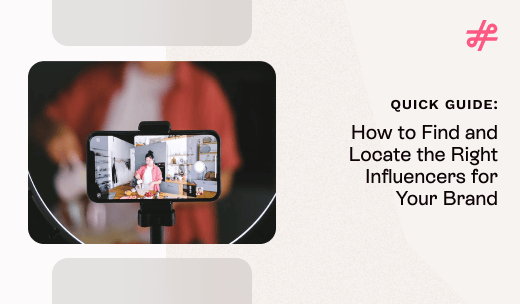



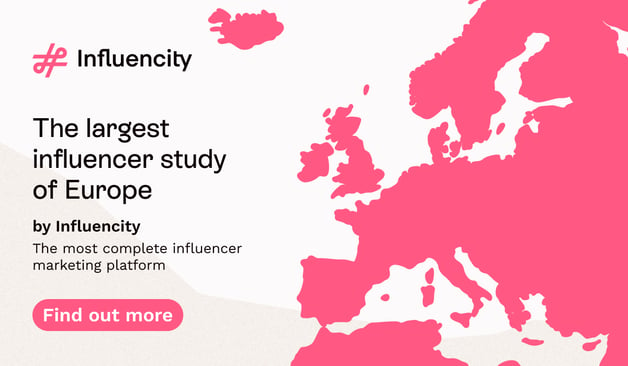

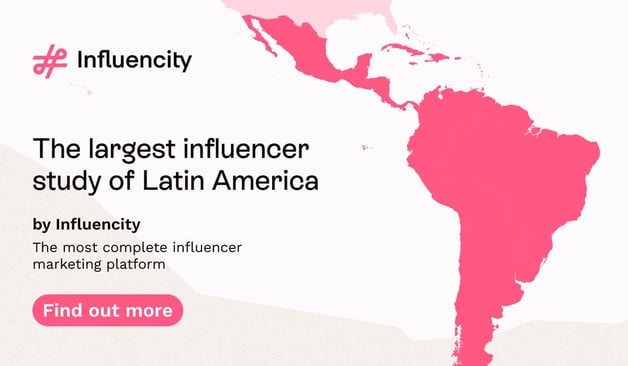


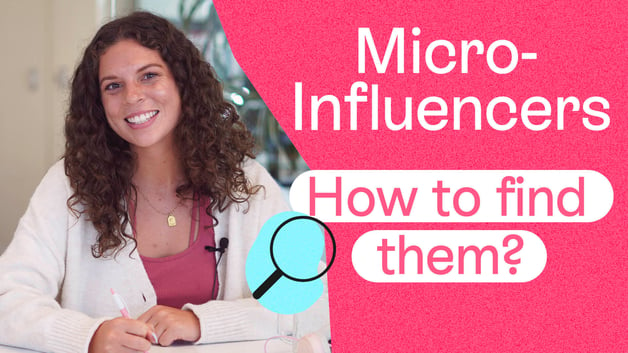


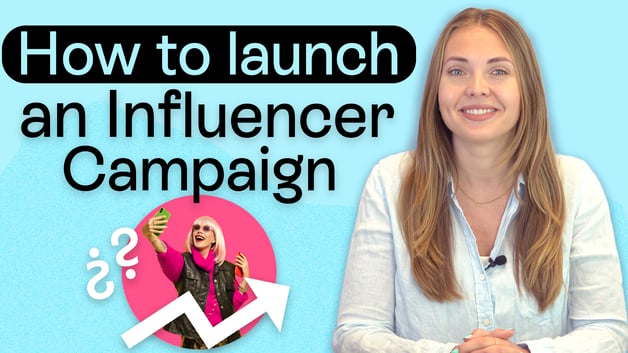



%20and%20How%20Can%20They%20Benefit%20Your%20Brand%20article.jpg?length=628&name=What%20Are%20Key%20Opinion%20Leaders%20(KOL)%20and%20How%20Can%20They%20Benefit%20Your%20Brand%20article.jpg)
